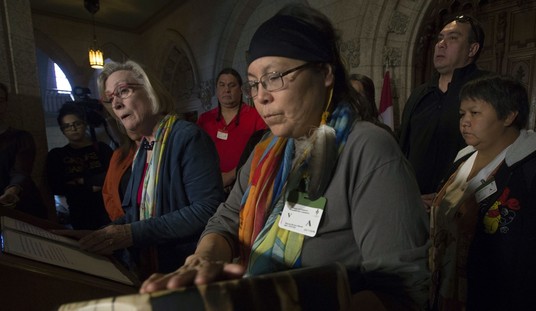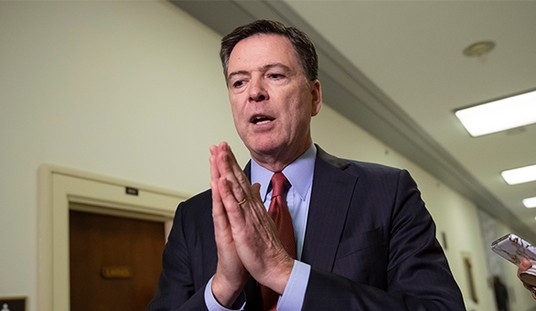The Washington Post says Mt. Rainier is far more dangerous than we knew. My first reaction: excellent. Only later did I think yikes.
I can see the mountain from my office in Portland. It’s bigger than you think.

Shelly and I drove 1,000 miles along the Andes range in Chile last December. And we didn’t see a single mountain as massive. Nor did we see a place so wracked with violence as the ground around Rainier.
The drive to the mountain is spooky. The land is shot through with gouges cut by eruption flows. Snow-covered ridges, themselves as tall as mountains, thrust straight up from the ravines. Rainier itself is incomprehensibly huge. Three miles tall and many miles wider, it looks to the eye the size of a planet. Red and yellow pools burble along the trails around the lakes. At the foot of the mountain I saw a grove of evergreens sprayed with rust-colored minerals that had exploded out of the ground. The mountain is rotting from within. Unfelt earthquakes roll beneath the ground on a regular basis.
It grumbles. It stirs. And it moves.
I was nine years old on May 18, 1980 when I sat on the roof of my house and watched Mt. St. Helens go mad. The apocalyptic explosion packed thousands of times the force of the Hiroshima bomb. I was 100 miles away in Salem, and the eruption was a gray silhouette painted in ash on the horizon. The sound wave thundered into downtown Portland, arced over my sleepy town, and hit the ground an hour south in Eugene. I heard the cries of birds and the soft roar of traffic, but people in Eugene said it sounded like war.

I was lucky I was a child. If it happened ten years later I would have driven straight toward ground zero. Only the police or the army could have kept me away. I needed to see the mayhem up close; the mudslides, the ash cloud, the terrible black sky that one survivor said looked like Hell.
A few years later my dad put me and my brother in the car and we drove toward the mountain to the end of the road. Halfway between I-5 and the crater the highway was blockaded by a chain-link fence with a stern government warning to stay the hell out. Danger lie ahead. The air was hot and sticky and close. I felt an electrical charge. I imagined myself scaling the fence so I could walk the rest of the way, ducking from government helicopters that surely (or so I imagined) kept a watchful eye on the criminally adventurous and the stupid.
Later they opened it up. The mountain was supposed to be safe, which also meant it was boring. But at least we could see what had happened.
We drove through a vast dead fireplace. The flame was out, the ashes cold. The ancient forest was blown down. Hundreds of thousands of stately firs were reduced to entombed gray logs. The earth was a moonscape of ash. And we were still far from the mountain.
I would have driven this far, I thought, if I were old enough to drive on the day that it happened.
I’m glad to be alive, of course, but part of me feels cheated as though I had slept through it.
Our horizon is a skyline of mountains. Mt. Hood watches over Portland like a sentinel. It looks grumpy and tired in summer, and is a shimmering white jewel in the winter. Every couple of years it throws tantrums and fits. The geologists say to watch out, and the local papers blow it all out of proportion. I think the journalists want the mountain to blow.

I don’t want it to blow. Towns would be annihilated. Portland’s easternmost suburbs are in danger. I can’t wish death and destruction on my community. But it sure would be interesting, at least in the sense of the Chinese curse. Payback time for my nose-bleeder seats back in ‘80. Mt. Hood is right at my door. I could watch the pyroclastic flow down the side of the mountain. I could hear the primordial roar and feel the blast in my bones.
My wife and I will visit Guatemala this winter. The old colonial capital of Antigua nests in a valley between three volcanoes. One of them, Volcan Pacaya, is constantly active. A wisp of smoke is a nearly permanent feature, and lava sometimes streams down the sides. From the city at night you can see it glow red from the fire. I’ll rent a car, or I’ll take the chicken bus, and I will get as close to that mountain as the roads will allow. Brave tourists can pay a guide to take them up top. Sometimes they flee in terror, and sometimes they die. I’ll need my wife to keep me from scaling its walls.

(Photo copyright Quetzal Adventures.)
The Lure of Destruction

Advertisement








Join the conversation as a VIP Member